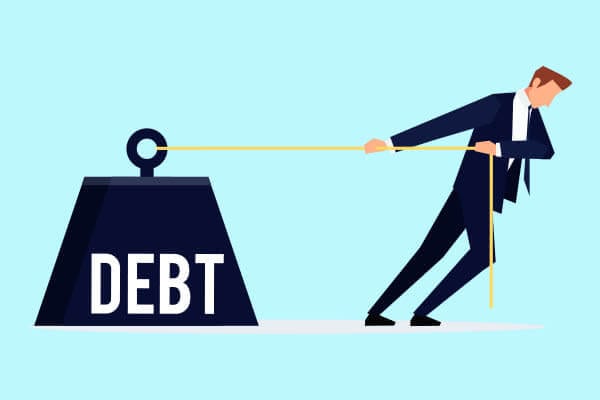Are you keen on making the most out of your investments but need to figure out how to start trading ETFs like professionals? Exchange-traded funds (ETFs) offer an excellent way for investors of all levels to gain exposure to different markets and asset classes with minimal cost.
This article will look at some basic but essential steps any beginner investor should take when considering getting involved in ETF tradingFrom understanding the basics of what makes up an ETF and working out which type suits your needs best to setting up trades, we’ll cover everything you need to know about getting started in this exciting market.
What are ETFs, And Why Trade Them?
Trading ETFs, or Exchange Traded Funds, can be an excellent way for investors to access multiple asset classes in one portfolioETFs are similar to mutual funds in that they allow investors to purchase multiple securities simultaneously, whereas buying individual stocks is considered a higher-risk and more expensive approach.
With growing popularity, ETFs have become heavily traded due to their transparency and low cost associated with investing in themFurthermore, since ETFs generally track an index of stocks, investors benefit from diversification as it lessens their exposure to individual stock risksWhether you are a new investor or a seasoned veteran, trading ETFs may be an excellent option for your financial goals.
The Benefits of Trading ETFs
ETFs provide a great way to diversify an investor’s portfolioAs ETFs track different indexes, investors can access asset classes (such as gold, stocks, or bonds) through one ETF purchaseThis diversification is the key benefit of trading these types of assetsFurthermore, since ETFs are traded on exchanges just like stocks and other securities, they offer more transparency into how the underlying holdings perform compared to mutual funds.
Compared with other investments, such as mutual funds or individual stocks, ETFs also tend to have much lower fees associated with them due to their passive management nature; this could result in higher returns for investors looking to maximise their opportunities when tradingFinally, since ETFs can be bought and sold on the same day, they are an excellent tool for investors looking to turn over their portfolios quickly.
How To Get Started Trading ETFs
The first step towards trading ETFs is to understand what it is that you are investing inInvesting in ETFs allows you to gain exposure to different asset classes, such as stocks, bonds, and commodities, through one purchaseTo better understand each type of ETF and the associated risks, research the underlying holdings within each ETF before deciding which ones suit your needs best.
When setting up trades, there are a few options availableOnline brokers can provide an easy and cost-effective way to trade ETFs; this option is especially popular amongst beginner traders who want access to low-cost funds without paying expensive brokerage fees or commissionsHowever, working with an experienced financial advisor may be beneficial for more experienced investors who want tailored advice.

Tips For Success When Trading ETFs
When trading ETFs, it is essential always to maintain a diversified portfolioAs with any other investment strategy, diversification is crucial to success when trading ETFs; this will help manage risk and ensure your returns are more stableAdditionally, research the underlying holdings within each ETF and make sure you understand how they may be affected by macroeconomic events or industry trends.
Finally, review your performance regularly and adjust your strategy as neededIt could involve changing the amount of money allocated towards certain positions or rebalancing your portfolio to take advantage of any opportunities that arise over time.
Things To Avoid When Trading ETFs
When trading ETFs, avoiding any situations that could lead to losses is crucialFor example, day trading with leverage can be risky; this involves borrowing money to increase the potential returns of each trade, but it also comes with the risk of increasing your losses if the market moves against youLeveraged ETFs should also be avoided due to their complexity and associated risks.
Finally, try to avoid getting caught up in short-term market movements or trends when deciding which ETFs you will invest in; instead, focus on long-term goals and make investments likely to pay off over time.
Final Thoughts
ETFs offer an excellent way for investors to diversify their portfolios and access different asset classes efficiently and cost-effectivelyTrading ETFs can be intimidating initially, but following the tips above, you should be well on your way to success.
Remember to always research each ETF before investing, manage your risk through diversification, stay up-to-date with market movements and review your performance regularly to make informed decisions about which investments are best suited for youWith this approach, you should be able to start trading ETFs like a pro in no time.








